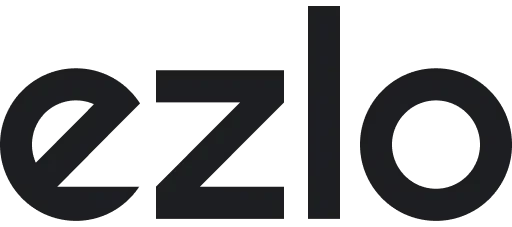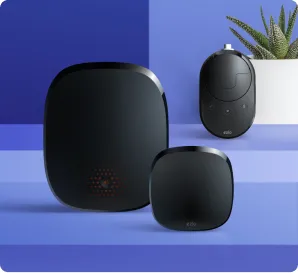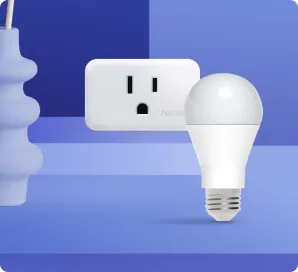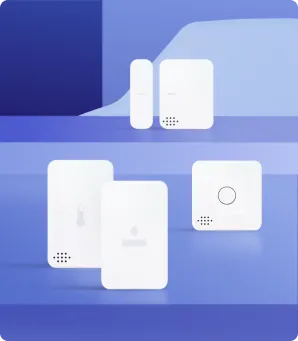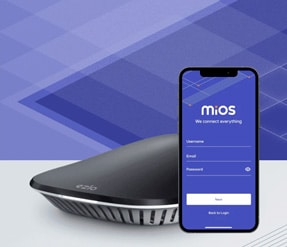It’s an on-demand world. And for growing businesses, velocity is one of the most important indicators of potential success. This is true at Ezlo, as well. Our innovation pipeline is filled with projects that need attention, and since time is a limited quantity, we are always looking for ways to speed up our development process.
VueJS/Nativescript Overview
One way we’ve done so recently, is to adopt VueJS/Nativescript for our new mobile application. Our iOS and Android teams were working hard to build features in our current app to support our customers, so we sought a way to support our customers and evolve our platform at the same time.
Our answer? Nativescript. Nativescript is a complex open source framework developed by Telerik, in which you can build truly native mobile apps with Angular, Vue.js Typescript or Javascript. One of the biggest advantages of this techdnology is that you only need front-end developers that can work with JS libraries, while they familiarize themselves with Nativescript syntax/docs.
By using Nativescript you can write your code for the application just once, with the result being two applications—one for Android and one for iOS.
Why Should You Choose VueJS/Nativescript?
Here are the top four reasons why we chose it:
1) The app uses native components which add to the overall performance of the app. NativeScript-Vue lets us access the native APIs, so we are never really constrained by the framework and we can avoid using third-party modules. If we need, we can just dive into the native APIs without leaving our environment and language. And the code-sharing for iOS, Android, and the Web lets us build once without using assistance libraries.
2) With NativeScript + Vue, you can use JS, TS, or Coffeescript for logic, and you can use HTML, Pug, EJS for templates. CSS/SASS/Less/Stylus for styling.
3) Vue has its own DevTools, which come in the form of a browser extension. DevTools simplify application debugging and checking the state and hierarchy of components. They allow you to live-edit your app, track custom events, and time-travel debug your app to see previous versions and the changes made.
4) The syntax is familiar. Users of Vue.js will be right at home, and others can access Android SDK’s Java classes and iOS SDK’s Obj-C classes directly from Javascript.
Taken together, these benefits result in a rapid workflow. You don’t have to learn new languages and there’s a preview mode for iOS and Android that remove the need to install emulators in order to see your application in progress. For any issues we did encounter along the way, we made use of a robust Slack community and online tutorials.
Our application is currently in progress while our dedicated iOS and Android teams improve the current future set for our customer base. We’ll be building in those features, as well. Stay tuned for an update when everything is complete.
